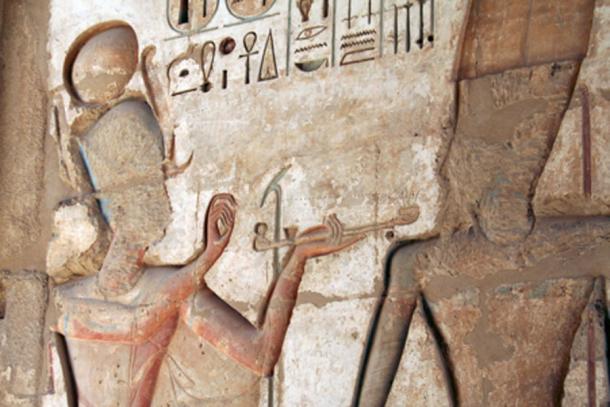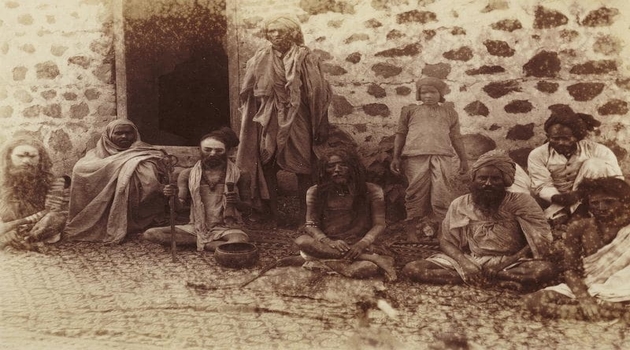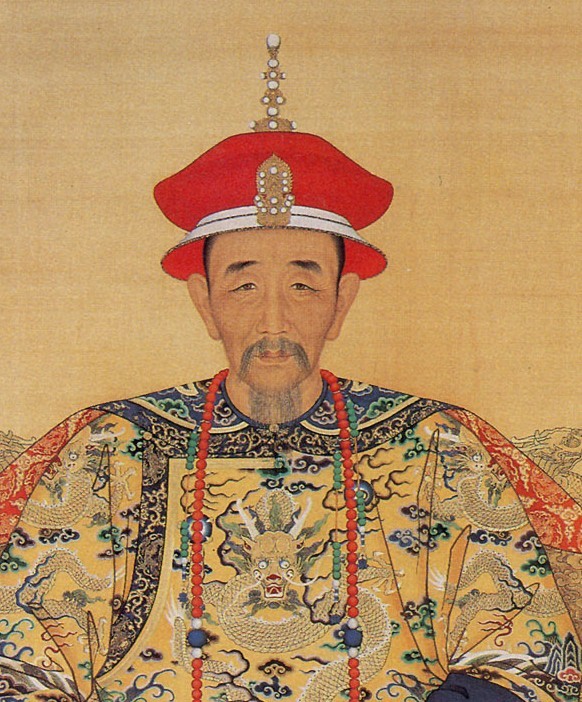History of Cannabis: The BC Years – Part 2

I love history. I truly believe in learning from what history can teach us. Remember if we are not students of history we are only doomed to repeat the mistakes of our ancestors. As a cannabis patient and consumer, it is interesting to see there are bits of cannabis throughout history that were not lost to the ages. Prohibition was not successful in destroying all the truths.
Here are some interesting points of time in our history.
1213 BCE – Egyptians Use Cannabis for Glaucoma, Inflammation, and Enemas
Cannabis pollen is found on the mummy of Ramesses II, who died in 1213 BC. Prescriptions for cannabis in Ancient Egypt include treatment for the eyes (glaucoma), inflammation, and cooling the uterus, as well as administering enemas.
Lise Manniche, PhD An Ancient Egyptian Herbal
700 BCE – Chinese Cultivated Cannabis for Psychoactive Purposes
Researchers say they have located the world’s oldest stash of marijuana, in a tomb in a remote part of China. The cache of cannabis is about 2,700 years old and was clearly “cultivated for psychoactive purposes,” rather than as fibre for clothing or as food, says a research paper in the Journal of Experimental Botany.
For example:“Physical evidence of ancient cannabis usage has been reported from the Yanghai Tombs in the Turpan District of the Xinghian-Uighur Autonomous Region in China. A large amount of cannabis radio-carbon dated to 2500 years ago was found in the tomb of a Caucasoid male, dressed as a shaman. . . . . This site and contents resemble those of other mummies of the Tarim Basin associated with [various] hemp artifacts.
Ethan B. Russo, History of Cannabis and Its Preparations in Saga, Science, and Sobriquet

600 BCE – Indian Medicine Treatise Cites Cannabis as a Cure for Leprosy
“Cannabis was used in India in very early medical applications. People believed it could quicken the mind, prolong life, improve judgment, lower fevers, induce sleep and cure dysentery… The first major work to lay out the uses of cannabis in [Indian] medicine was the Ayurvedic [a system of Indian medicine] treatise of Sushruta Samhita written in 600 BC… Within the Sushrita, cannabis is cited as an anti-phlegmatic and a cure for leprosy.”
Jonathon Green Cannabis
500 BCE – Confucius
The Chinese philosopher Confucius (~500 BC), while not being the author, is generally credited with compiling (from earlier editions) many of China’s literary classics. Including both the ‘Li chi’; Canon of Rites [dealing with cultural/religious rites], and the ‘She-King’; Book of Odes [a book of classical poetry]. Both of which contain various references (some dating as far back as 1,800 BC) to the cultivation and uses of the hemp plant.

218 BCE – Chin Dynasty
Although short lived, this dynasty is best noted for its “Fires of Chin” in which many Chinese books were set on fire in an attempt to destroy the past. [Actually from a historical situation an all too common occurrence] Fortunately, for us, medical texts were excepted from the bonfires, and thus the past knowledge about Medical Cannabis survived. It is said that China’s present day name is derived from the Chou dynasty name.
You might have heard some other interesting facts from the Chin Dynasty… terracotta soldiers and the first sections of the Great Wall of China, maybe.



 Breaking Through: Cannabis Science Hits a Turning Point
Breaking Through: Cannabis Science Hits a Turning Point Middletown Buzz: Cannabis Dispensary Proposal Pulls Out of Historic Downtown Project
Middletown Buzz: Cannabis Dispensary Proposal Pulls Out of Historic Downtown Project Norwalk Police Raid Smoke Shop, Seize Marijuana & Nitrous Oxide
Norwalk Police Raid Smoke Shop, Seize Marijuana & Nitrous Oxide Connecticut’s Cannabis Equity Council Relaunches $36M “Reimagine & Revitalize” Grant Program
Connecticut’s Cannabis Equity Council Relaunches $36M “Reimagine & Revitalize” Grant Program